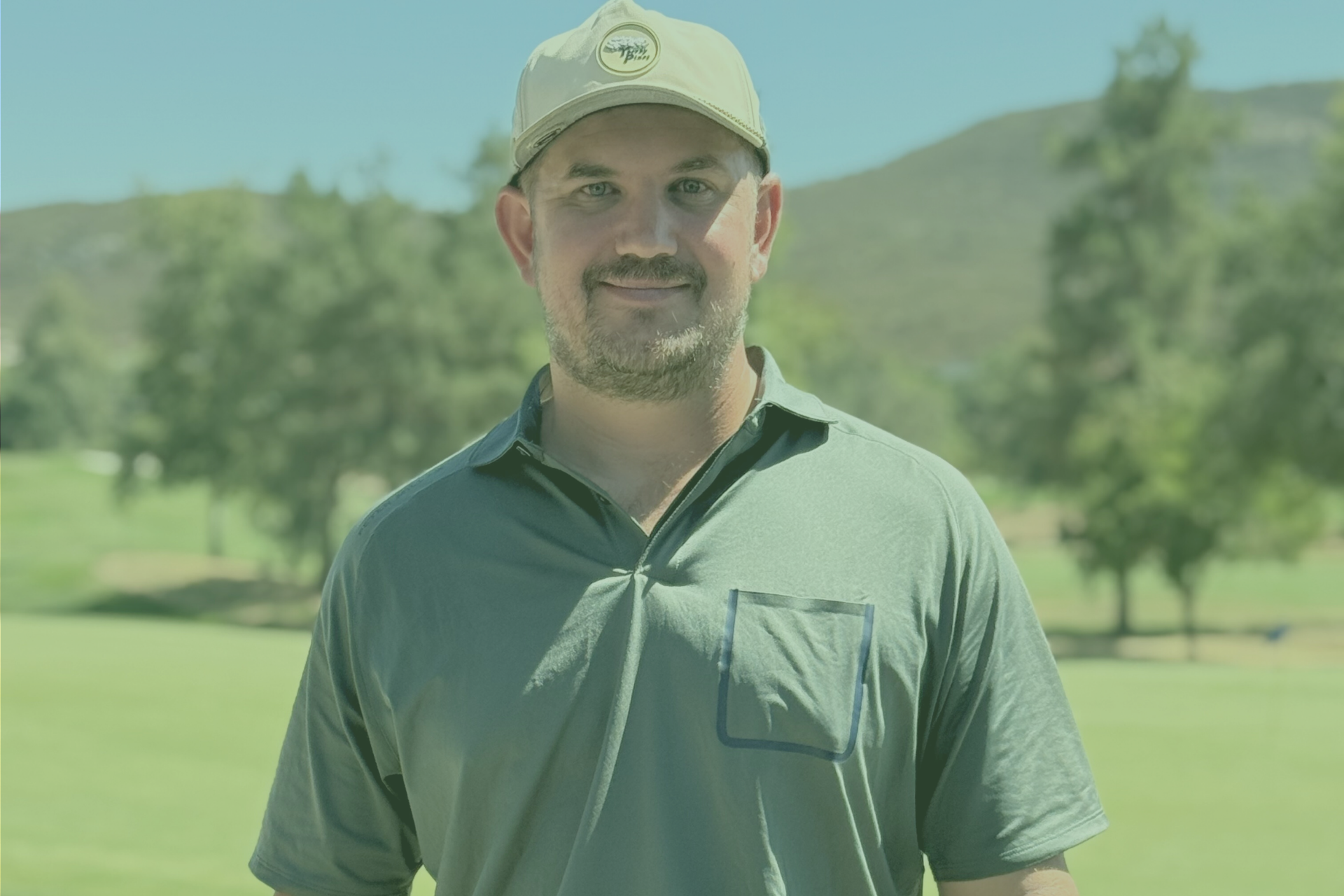Swim Safety for the Summertime
As the days get longer and hotter, and many head to the pool, be sure to follow these tips to keep your family safe and having fun.
San Diego Country Estates member and swimming expert Kim Arras has been a swimming instructor for 33 years. She gives private swimming lessons at the Ramona Oaks Pool and the San Vicente Pool. Arras teaches individuals six months old and up and stresses the importance of water safety, especially in children.
Sara Bandak, SDCE resident and mother of 2-year-old swimming student Emmitt Bandak, says Arras is good at teaching all levels. Her older son Elias, age 8, and daughter Rosie, age 5, also take lessons with Arras. Emmitt is learning how to blow bubbles and hum in the pool, and practicing how to safely get in and out. He has also learned the crab walk, which is when you walk along the side of the pool with your hands on the pool deck. Bandak says that Arras is good about ensuring her students know and follow the pool rules for their safety.
The first important swimming safety tip is to never leave a child alone in the water, even if they know how to swim. The parents should be on the side of the pool or in the pool with them. Floaties on children in the pool are not a good idea because it gives the child a false sense of safety in the water. Instead, parents and caregivers should work with kids in the water and always be with them. Even if older kids know how to swim, it’s crucial to have an adult watching them because the child could jump in the pool and hit their head on the side.
Children under 14 are not allowed at SDCE pools without an adult aged 18 or older. Diving is not allowed in the Estates pools. If a person wants to jump in, it’s important to have your toes over the edge and never run up to the pool and jump in, as it’s very dangerous. The pool deck is most likely slippery, which can result in a fall.
Arras recommends not doing a flip into the pool because she has seen kids hit the wall and hurt themselves while attempting this maneuver. If a swimmer wants to jump into the pool, jump out into the deep end to avoid getting close to the wall and potentially hitting your head. It’s important not to participate in horseplay in the water and not ride on another individual’s shoulders in the pool because there is a possibility of falling and hitting one’s head on the pool wall.
Arras says Water Safety Instruction teaches swimmers not to hyperventilate or have breath-holding contests. Do not take several deep breaths before going in the water, but rather one to two deep breaths before going underwater to swim the length of the pool. If you hyperventilate before going under, your body doesn’t realize it, and this could lead to potential drowning. Never jump in a pool with a depth less than your height, as you can hit the bottom. She has seen kids jump in the shallow side of the pool at 2 feet deep, and it’s not safe because they hit the bottom hard.
For residents with a pool at home, it’s important to take safety precautions. Have a pool fence and/or alarm systems around the pool. Even if you have a pool fence and gate, kids can use a chair to hop over the fence, so having pool alarms in this case is important. In addition, pool covers are unsafe, as kids and pets can get entangled inside if they fall in.
Arras stresses safety during her lessons. One exercise she does with kids who are confident in the water and can swim across the pool using a variety of strokes is to have them jump in the pool with their street clothes on. She has them jump in wearing a shirt, jeans, socks and shoes so they can see what it would feel like to fall in the pool and practice getting to safety without panicking. She says that kids who panic risk drowning.
Another essential training exercise she teaches is to get away from someone who is unable to swim and panicking, as that individual might try to hold the confident swimmer underwater while trying to save themselves. She teaches the confident swimmer to take the person underwater and push them away by holding them under their armpits so they can get to safety at the side of the pool. She instructs the confident swimmer to get an adult to help the person who is panicking by getting them to safety using a flotation device or a rescue. If these steps aren’t followed, it could result in a double drowning.
Parents also need to be aware of dry drowning. This happens when a child goes underwater too many times and inhales too much water, then goes to take a nap and doesn’t wake up. Parents need to be aware of how much water their kids are taking in and ensure they’re blowing bubbles under the water and not inhaling it.
Arras reminds families that pool lifeguards are not babysitters. It is not their job to babysit your children while adults are not paying attention. It is the adult’s responsibility to watch their own child. The lifeguard’s responsibility is to rescue, prevent drownings and enforce the rules. She says that lifeguards have one of the hardest jobs.
Following these tips can help residents enjoy a fun and safe swimming experience.
Swim safety photos by Tiffany Pressler
Swimming instructor, Kim Arras with 2-year-old student Emmitt Bandak at the Ramona Oaks Pool.










